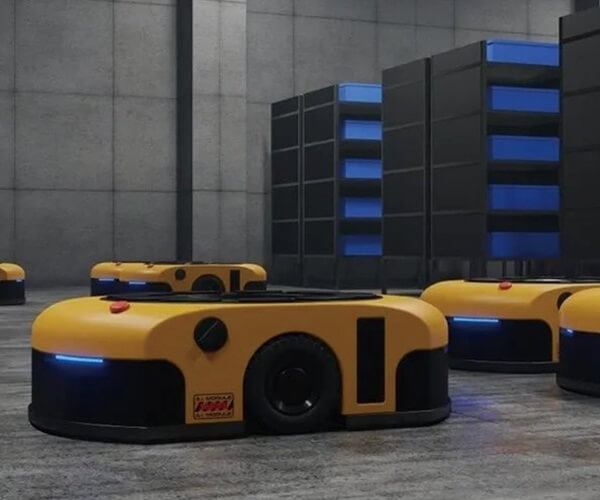If you’ve ever tinkered with DIY electronics or robotics, you know how exciting it can be to see your ideas come to life. One of the most rewarding projects is controlling a servo motor with Arduino—especially when you pair it with an LCD display for real-time feedback. It’s not just fun; it’s practical too. Whether you’re building a robotic arm or just experimenting with automated systems, this simple setup can turn your vision into a functional prototype in no time.

Let’s break down why Arduino-controlled servo motors with an LCD display should be on your radar. First off, Arduino itself is a legend in the maker community. It’s user-friendly and affordable, making it the go-to tool for hobbyists and innovators. But the magic really happens when you add a servo motor into the mix. These motors are great for precise movements, from rotating a camera to moving a robotic hand. With Arduino’s power to control them, your projects gain a level of detail that’s just not possible with basic motors.
What about the LCD? Well, this is where things get interesting. The LCD display acts as your window into the machine’s brain. Instead of guessing what’s going on with your servo, you get a clear readout of values like angle, speed, or even the status of multiple servos if you’ve got more than one in your setup. This live feedback can help you fine-tune the motor’s performance, saving you from trial and error and giving you a clearer path to success.
The setup itself is fairly straightforward, but the results are anything but basic. Imagine this: You’re controlling a robotic arm, and on the LCD, you can see exactly where each part of the arm is positioned. You could adjust the speed of movement, update angles, or change the behavior of the servo motors—all in real time. It’s not only efficient; it’s also a great learning experience.
Let’s talk about reliability. You can trust that your servo motors will work with consistent performance. The beauty of combining these two components (Arduino and an LCD display) is that they’re both reliable and flexible, giving you the control you need. No more guessing or hoping your servo motor is doing what it should. The real-time display makes it easier to troubleshoot any issues and tweak the performance as needed.
And while many people are intimidated by coding, Arduino simplifies things. With a bit of basic programming, you’ll be able to communicate with both the servo and the LCD, making it easy to set up different commands. You can even build in automatic responses based on sensor input, which opens up a whole world of possibilities.
Still not sure? Think of it this way: If you're working on a project that needs precise, real-time control, an Arduino-driven system with a servo motor and an LCD display is your best friend. You’ll be able to control, monitor, and adjust every detail, all with the power of a simple setup.
So, next time you’re brainstorming your next big project, consider adding Arduino, a servo motor, and an LCD to your toolbox. It’s not just about building something that moves—it’s about building something that works and communicates back to you in a way that’s clear, efficient, and fun. Ready to dive into your next project? The tools you need are waiting.
Established in 2005, Kpower has been dedicated to a professional compact motion unit manufacturer, headquartered in Dongguan, Guangdong Province, China. Leveraging innovations in modular drive technology, Kpower integrates high-performance motors, precision reducers, and multi-protocol control systems to provide efficient and customized smart drive system solutions. Kpower has delivered professional drive system solutions to over 500 enterprise clients globally with products covering various fields such as Smart Home Systems, Automatic Electronics, Robotics, Precision Agriculture, Drones, and Industrial Automation.




































